Certificate of Attendence
Available in the participante area


One line registration
Starts August/2017
Abstract submission
Ends by 31/01/2018
Abstracts acceptance
After 15/03/2018
Early registration
Ends by 15/04/2018
Regular registration
Ends by 12/05/2018
Cancelation and refund
Ends by 12/05/2018
This is one of the main attractions of Rio, a post card well known worldwide and one of the symbols of the city. It stands 2,330 feet above sea level and provides a sweeping panoramic view of the city and some of the coast. The mountain is crowned with the statue of Christ, 98 feet high with a 26 foot pedestal that contains a chapel that can hold 150 people. Accessible through a train ride that gives a view of the forest vegetation surrounding the Corcovado Mountain.
 |
 |
 |
This natural symbol of Rio de Janeiro can be seen at the entrance to Guanabara Bay. There are two stages in the cable-car trip to the top of the rock. The first is from the station at Praia Vermelha to Urca Hill, which rises 705 feet above the bay, and the second links Urca Hill to the top of Sugar Loaf, 1,300 feet high.
 |
 |
 |
Located in the Largo da Lapa Square, they are the site of Rio’s turn-of-the-century nightlife. The Lapa Arches hold their place in history as the most monumental work undertaken in colonial Rio. This magnificent structure contains 42 arches in two tiers.
 |
 |
 |
Designed and built by A. Guilbert and Francisco de Oliveira Passos, the theatre was inaugurated on July 14, 1909. The main murals are a contribution of Eliseu Visconti - the ceiling and back drop - by Rodolfo Amoedo. Mosaics are by Henrique Bernadelli. In all, it displays art in all details, from the architecture to the fine decorations.
 |
 |
 |
A collection of plant species from the four corners of the earth. Founded in 1808, by King John VI, when Brazil was a colony of Portugal, it spreads over an area of about 340 acres. Over 5000 species of plants, some of the most impressive being the Imperial Palms, the originals were planted in 1842, as well as special exhibitions of bromeliads, orchids, carnivorous plants, and cacti. The Botanical Garden was designated as a biosphere reserve by UNESCO in 1992.
 |
 |
 |
Rio's largest park is the Tijuca National Park, covering 3,300 hectares of tropical rain forest, including Tijuca Forest. The Park is claimed to be the largest urban forest in the world. Its size can be measured when you look up at the Corcovado from the Lagoa, the mass of greenery clinging to the sides of the mountain and stretching miles to your left, is the Tijuca National Park.
 |
 |
 |
Rio has 90 km of white sand beaches of which the following are the most visited: Copacabana, Arpoador, Leme, Ipanema, Leblon, and São Conrado; and in the region of the event: Barra da Tijuca, Recreio dos Bandeirantes, Prainha, Grumari, Macumba.
 |
 |
 |
Dear participants of the 21th WCSS,
We are sharing the images taken at the Convention Center to remind you of the great time we had during the event.
Our best and thanks again to all that helped to make this a special moment.
To see the photos, please visit:

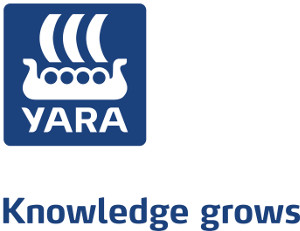




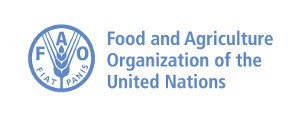

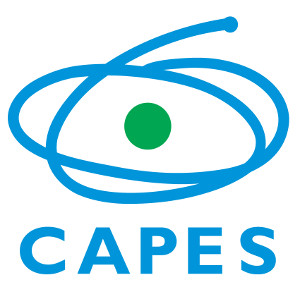
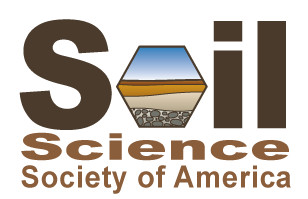
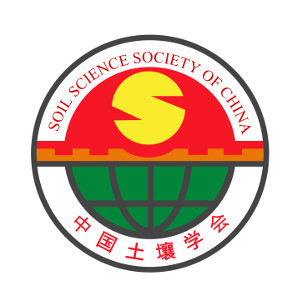
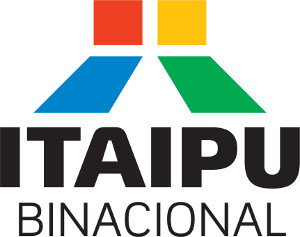


Além Mar/ Li-Cor
British Society of Soil Science
Copernicus
DFG- Deutsche Forschungsgemeinschaft
Euro Soil
InterMag
Livraria UFV
Marconi
Neobio e Microanalysis
Spectral
Tecnal
Tourism Toronto
Umwelt-Geräte-Technik GmbH
AMS, Inc.
Astro 34
CSIRO Publishing
Elsevier
European Commission
Gasmet
Jacto
MIDI
Ralco
Sentek
Soilmoisture Equipments
Springer
© 2017 21st WCSS - All rights reserved
Sociedade Brasileira de Ciência do Solo (SBCS)
Departamento de Solos - Edifício Sílvio Brandão, s/n
Cx.P. 231 - Campus da UFV CEP 36570-900 - Viçosa-MG
Fone: +55 31 3899-2471 - sbcs@sbcs.org.br; www.sbcs.org.br